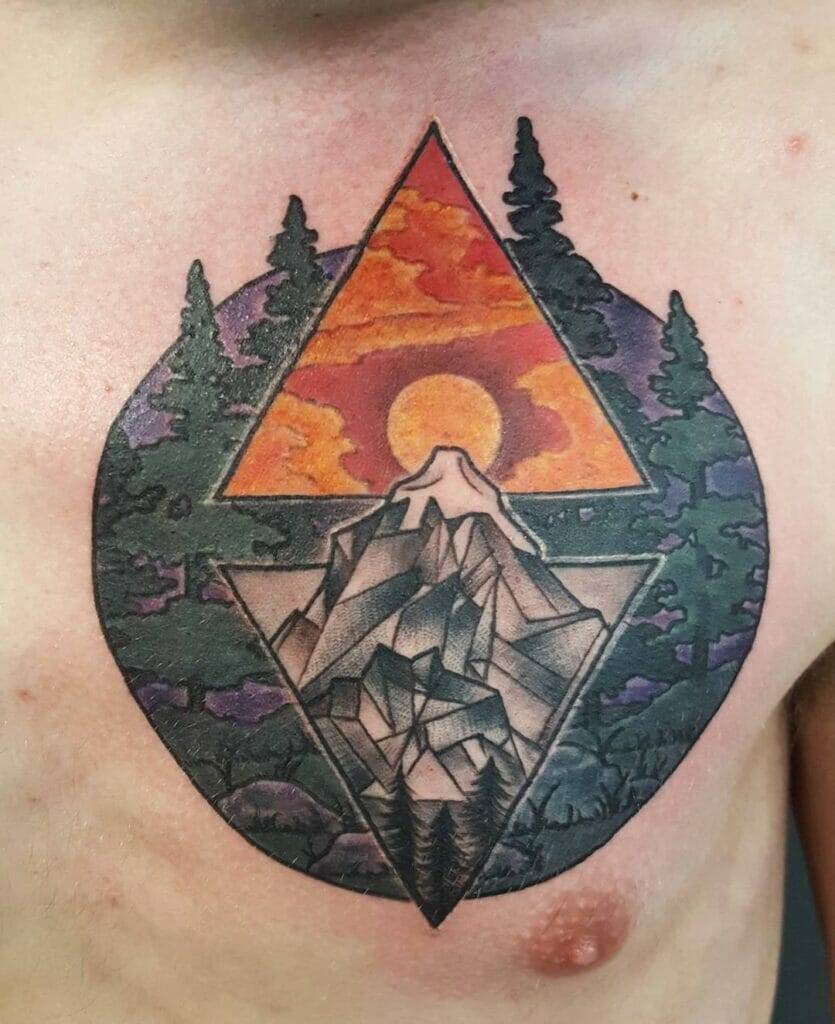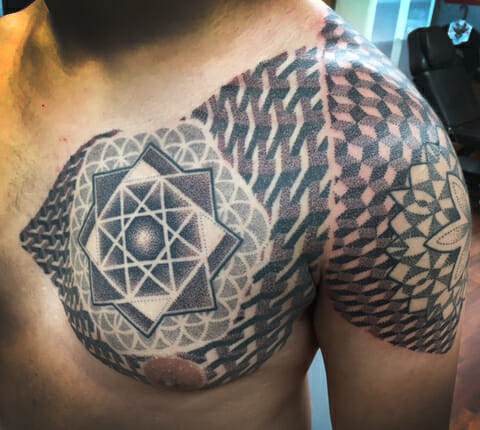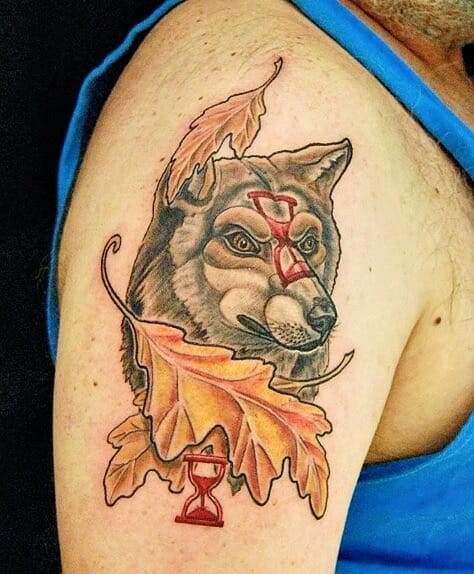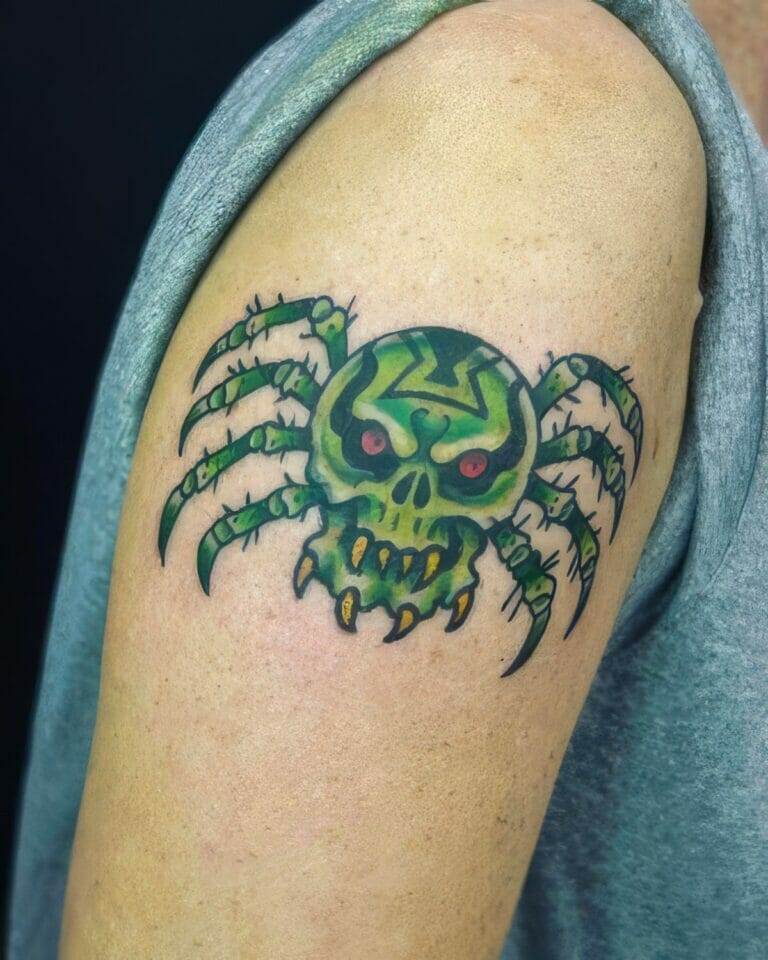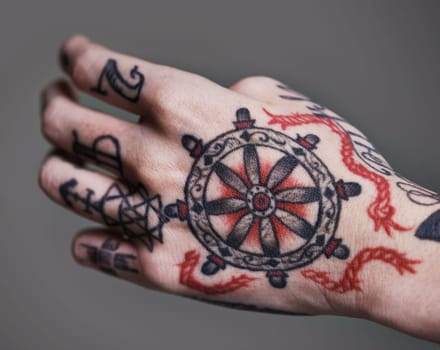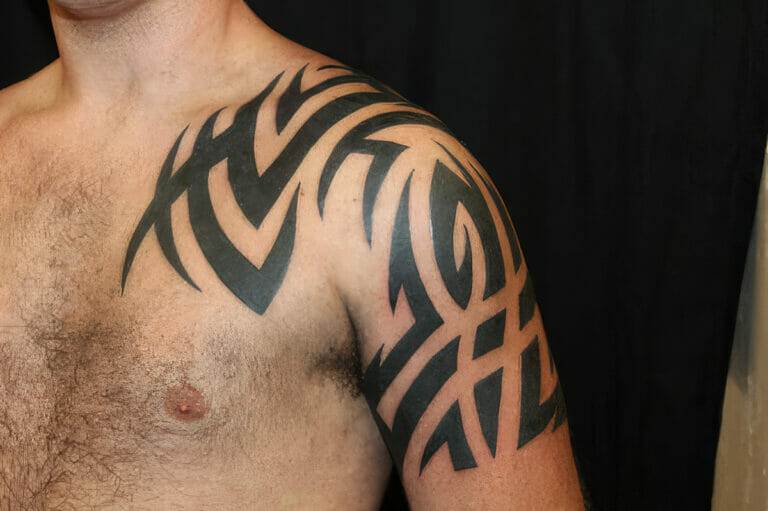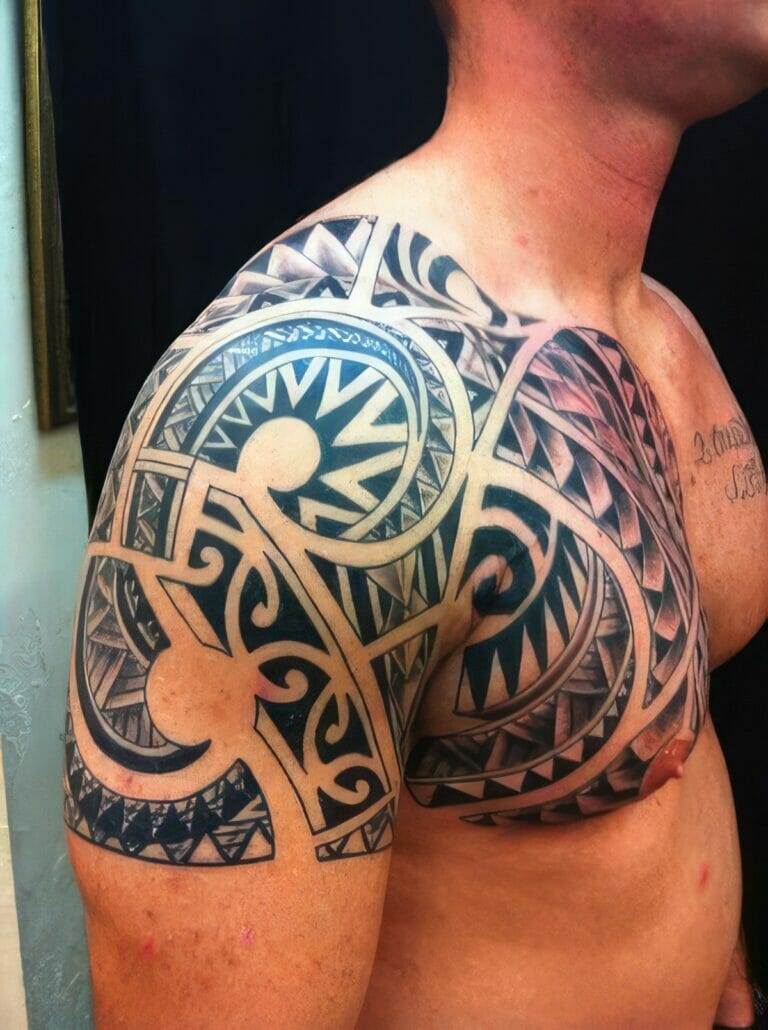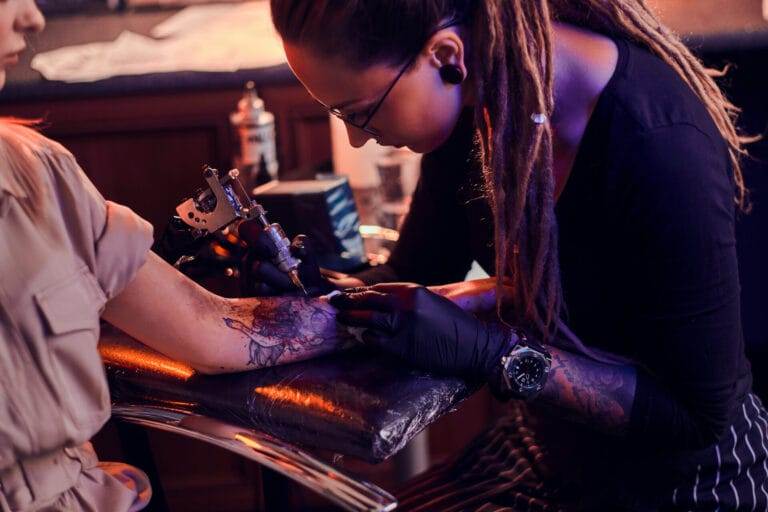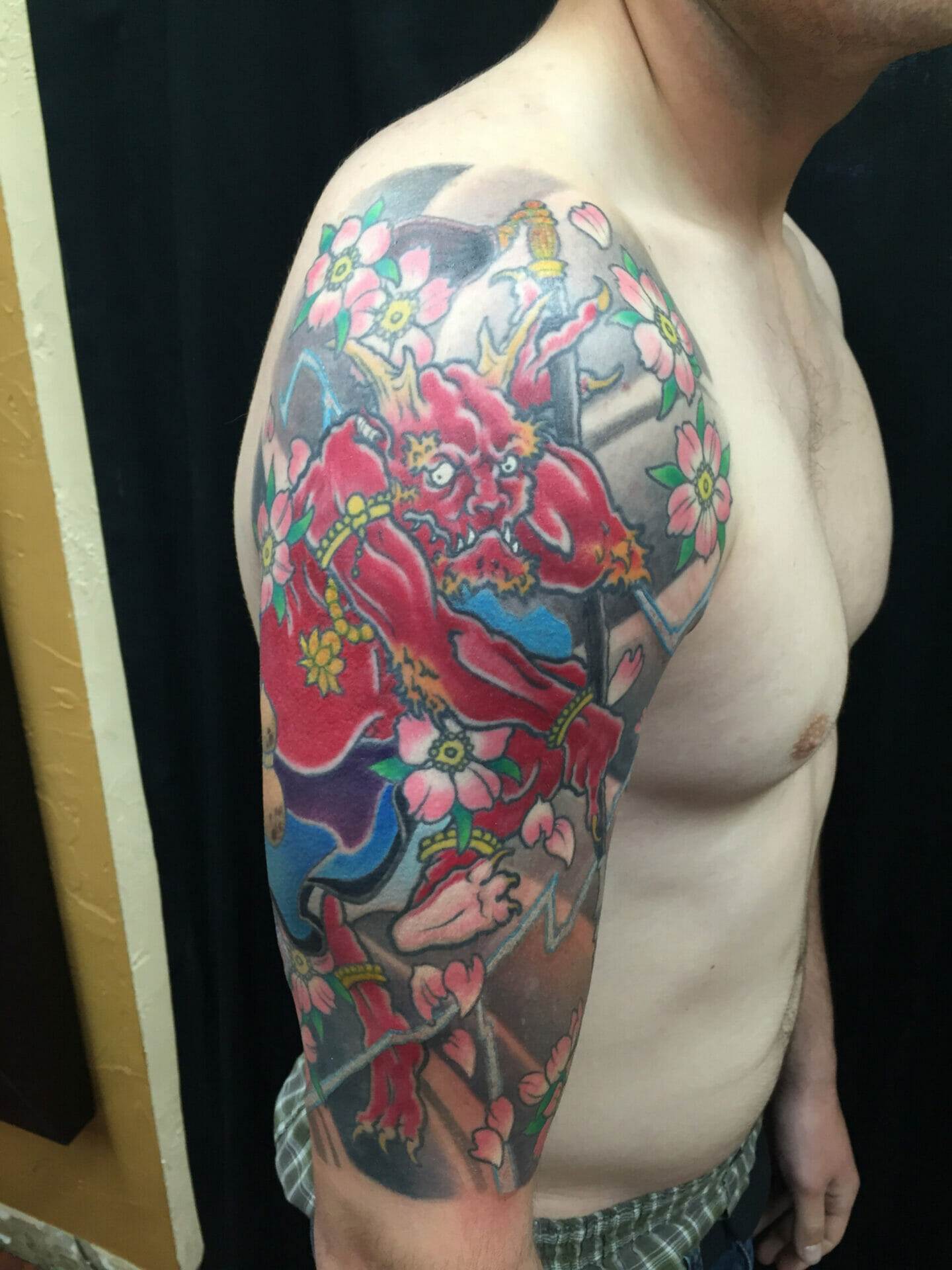
The popularity and significance of personalized tattoo designs
Personalized tattoo designs have gained immense popularity in recent years. More and more people are opting for unique tattoos that hold special meaning to them. Gone are the days when individuals would choose generic designs from a tattoo parlor. Now, they want tattoos that reflect their personality, experiences, and beliefs.
Why crafting a one-of-a-kind tattoo is important
Crafting a one-of-a-kind tattoo is important because it allows individuals to express themselves in a way that speaks to them personally. It is a form of self-expression that goes beyond just getting inked on the skin. By opting for a personalized tattoo, people can showcase their individuality and stand out from the crowd. It is a way to make a bold statement about who they are and what they believe in.
When crafting a personalized tattoo, individuals have the freedom to choose symbols, images, or quotes that hold deep meaning for them. Whether it’s a tribute to a loved one, a representation of a personal accomplishment, or a symbol of their inner strength, personalized tattoos have the power to convey a person’s life story through art.
Comparing personalized tattoos to generic designs, there is no doubt that the former holds more significance and sentimental value. Personalized tattoos are not just artworks but emotional investments that carry a lifetime of meaning. They become a part of a person’s identity and remind them of their journey in life.
In conclusion, personalized tattoos are becoming increasingly popular due to their unique nature and the ability to convey individuality. Crafted with personal significance, these tattoos allow individuals to express themselves in a way that resonates with their soul. With a one-of-a-kind tattoo, people can tell their story and leave a lasting imprint on their skin.
Finding Inspiration
Exploring different sources of inspiration for personalized tattoo designs
Personalized tattoo designs have become increasingly popular as individuals seek to express their unique identities through body art. Finding inspiration for these one-of-a-kind tattoos can come from a variety of sources. Some individuals turn to nature, finding symbols and images that resonate with their connection to the earth. Others draw inspiration from their cultural heritage, incorporating traditional motifs and patterns into their designs. Personal experiences, such as overcoming obstacles or achieving personal goals, can also serve as a powerful source of inspiration for a personalized tattoo.
Utilizing personal experiences and emotions in the design process

Crafting a personalized tattoo allows individuals to channel their personal experiences and emotions into an artistic expression. This process often involves introspection and reflection on significant moments in one’s life. A personalized tattoo can serve as a reminder of a loved one, symbolize a personal accomplishment, or represent inner strength and resilience. By incorporating these elements into the design, the tattoo becomes more than just an image on the skin; it becomes a visual representation of a person’s story.
Taking the time to find inspiration and thoughtfully consider the design elements that hold personal significance is crucial in creating a truly unique and meaningful personalized tattoo. Whether drawing ideas from nature, culture, or personal experiences, the process of finding inspiration is essential in capturing the essence of an individual’s personality and journey in life.
In conclusion, personalized tattoo designs provide individuals with the opportunity to express their uniqueness and tell their story through body art. By exploring various sources of inspiration and incorporating personal experiences and emotions into the design process, the resulting tattoo becomes a powerful symbol of identity and self-expression.
Sketching and Drafting
Translating your ideas into sketches and rough drafts
Once inspiration has been gathered, the next step in the personalized tattoo design process involves translating those ideas into sketches and rough drafts. This stage allows individuals to bring their vision to life on paper and explore different design possibilities. Sketching serves as a valuable tool for refining and visualizing concepts before committing to a final design.
Refining the design with the help of the tattoo artist
Collaborating with a professional tattoo artist is integral in refining the design and ensuring its feasibility as a tattoo. Artists have the expertise to provide valuable input and offer suggestions to enhance the design’s aesthetics and functionality. They can advise on appropriate sizing, placement, and color choices that will work best on the individual’s body.
During this stage, it is important to communicate openly with the tattoo artist, sharing the inspiration behind the design and expressing any specific details or elements that are important to incorporate. This collaboration allows for adjustments and modifications to be made, ensuring that the final design is a true representation of the individual’s vision.
The sketching and drafting process is an essential part of creating a personalized tattoo design. It allows for experimentation and exploration, ensuring that every element of the design is intentional and meaningful. By working closely with a skilled tattoo artist, individuals can transform their initial inspiration into a well-crafted design that truly reflects their unique story and identity.
Incorporating Symbolism
Using symbolism to add depth and meaning to your tattoo design
Once the initial design has been sketched and refined, the next step in creating a personalized tattoo design is incorporating symbolism. Symbolism adds depth and meaning to the design, allowing individuals to express aspects of their identity, beliefs, or personal experiences through their tattoos.

Symbols can be used to represent a wide range of ideas and emotions. They can convey strength, love, freedom, or spirituality, among many other things. By carefully selecting symbols that resonate with them, individuals can infuse their tattoos with personal significance.
Examples of commonly used symbols in personalized tattoos
Tattoo enthusiasts often choose symbols that hold personal significance to them. Some commonly used symbols in personalized tattoos include:
- Lotus flower: Represents purity, enlightenment, and spiritual growth.
- Feathers: Symbolize freedom, protection, and communication with the divine.
- Compass: Represents guidance, direction, and the pursuit of one’s true path.
- Tree of life: Symbolizes the interconnectedness of all living beings and represents growth, strength, and wisdom.
- Infinity symbol: Represents eternal love, unending possibilities, and the cyclical nature of life.
- Heart: Symbolizes love, affection, and deep emotional connections.
Incorporating these symbols into a personalized tattoo design allows individuals to convey their unique story and identity through their body art. These symbols serve as a reminder of what is important to them and can hold profound personal meaning.
By combining the techniques of sketching and drafting with the incorporation of symbolism, individuals can create personalized tattoo designs that are visually stunning and deeply meaningful. These tattoos become a reflection of the individual’s journey and provide a powerful form of self-expression.
Choosing the Right Placement
Considerations for determining the ideal placement for your tattoo
When it comes to getting a tattoo, choosing the right placement is an important decision. The placement of your tattoo can affect its visibility, how it ages, and how it complements your body. Here are some factors to consider when determining the ideal placement for your tattoo:
- Visibility: Think about whether you want your tattoo to be on display at all times or if you prefer it to be more discreet. Visible placements include the arm, leg, or back, while less visible options include the chest, ribs, or upper thigh.
- Size and Design: Consider the size and complexity of your tattoo design. Larger and more intricate designs may require a larger canvas, such as the back or thigh, while smaller designs can be placed on areas like the wrist or ankle.
- Pain Tolerance: Different parts of the body have varying levels of sensitivity to pain. If you’re concerned about the pain associated with getting a tattoo, you may want to choose a less sensitive area, like the upper arm or calf.
- Career Considerations: Keep in mind any professional or career restrictions that may affect your choice of tattoo placement. Some workplaces have policies in place that require tattoos to be covered, so choosing a placement that can be easily concealed, like the upper arm, can be a practical option.
Factors to consider based on the design and your personal preferences
In addition to the practical considerations mentioned above, there are also factors to consider based on the design of your tattoo and your personal preferences:
- Shape and Orientation: Consider how the shape and orientation of your design will interact with the contours and lines of your body. Some designs may look better on certain areas, such as a vertical design on the forearm or a circular design on the shoulder.
- Symmetry and Balance: Think about the overall balance and symmetry of your tattoo design and how it will look on the chosen placement. Consider if the placement will allow for proper spacing and alignment of the elements in your tattoo.
- Cultural or Symbolic Significance: If your tattoo design has cultural or symbolic significance, you may want to choose a placement that aligns with its traditional or symbolic meaning. For example, a tattoo symbolizing protection may be traditionally placed on the upper arm or back.
By taking these considerations into account, you can ensure that the placement of your tattoo enhances its overall appearance and meaning. Remember to consult with a professional tattoo artist who can provide expert advice based on their experience and knowledge of tattoo placements.

